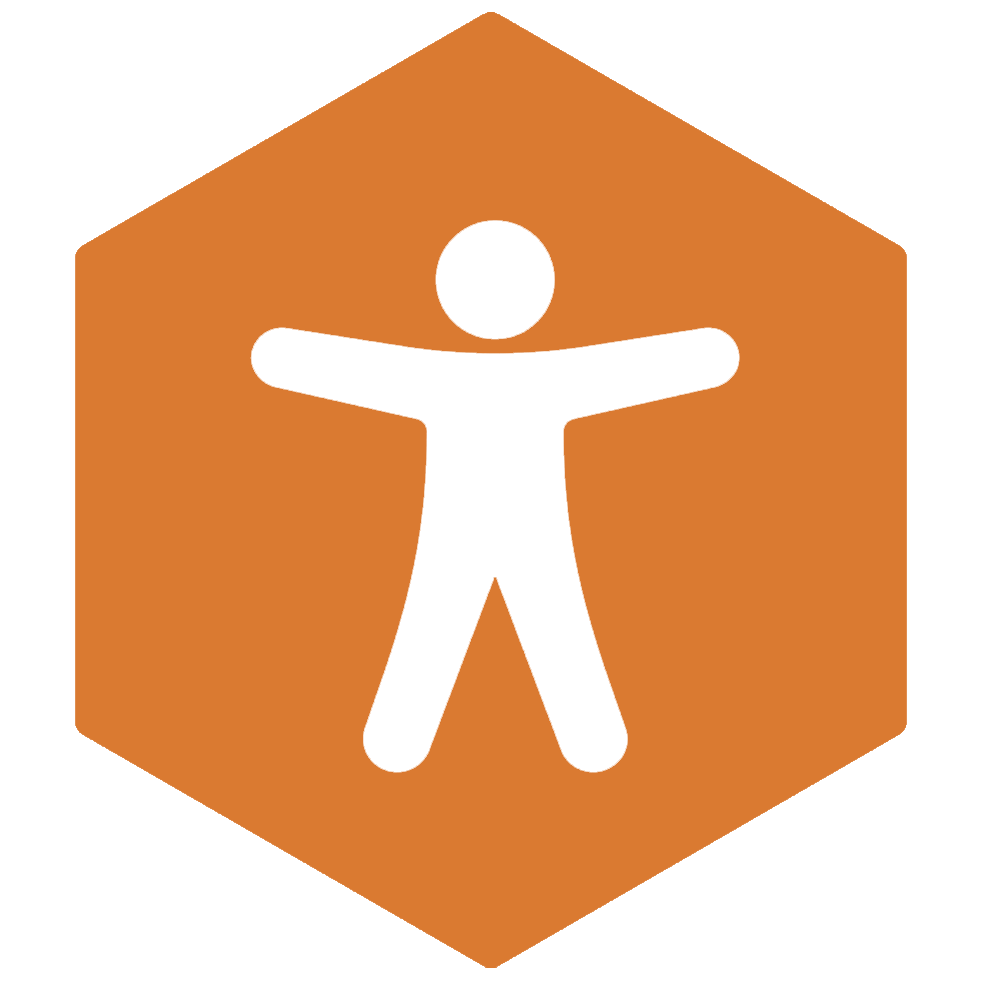World Usability Day is an annual event, which aims to make life a bit easier for people with disabilities both on and offline. It does so, through raising awareness on the need for services, products, and spaces being easily accessible for everyone.
The World Usability Day theme
The world is changing rapidly and technology plays a crucial role in this modern age. So, this year’s theme is focused around “Designing for a Better World”. World Usability Day helps to champion user-centred design and raise awareness on the vital need for digital platforms to be accessible for everyone.
There’s many ways that inclusive design creates an equal and enhanced world where everyone can thrive. This is both in physical form and in the digital sphere, such as:
- Architects and urban planners creating accessible public spaces.
- Companies focusing on eco-friendly and inclusive packaging.
- Web developers prioritising accessible design that works with assistive technologies.
- Community engagement platforms built to enhance social participation for all.
- Sustainable transportation solutions that supports all passengers.
- E-commerce businesses enabling all customers to gain equal access to products and experiences.
- Educational materials designed to be inclusive.
These efforts contribute to a more accessible and environmentally conscious world.
Our blog focuses on the digital side of accessibility to encourage a joint collaboration between designers, web developers, and content editors to prioritise accessible design.
Why usability is crucial in the digital world

With the internet now being part of nearly every process we undertake in life, it’s now more important than ever to work together to create solutions that remove online barriers. These barriers can strip away a person’s independence if they aren’t given equal access to the digital world’s information, services, and opportunities.
People who are most impacted by poor digital accessibility are the disabled community. Many disabled people rely on assistive technology to access and interact with a website. Unfortunately, many websites still aren’t designed and developed to be useable with these devices or software.
How organisations can improve their usability and user experience
It is essential that the usability of your website is considered from the beginning. This should be from the initial creation of wireframe designs and laying out a clear and consistent structure with strong taxonomy through to the development process and beyond.
Your online visitors expect your platform to be both usable and intuitive, no matter what device or software they use. Overall, it needs to be user-friendly, allowing people to perform tasks safely, effectively, and efficiently.
Usability is defined by five quality components:

- Learnability: How easy is it for users to accomplish basic tasks the first time they enter the website?
- Efficiency: Once users have gotten used to your platform’s layout, how quickly can they perform tasks?
- Memorability: When users return to the website after a period of not using it, how easily can they reestablish proficiency?
- Errors: How many errors do users make, how severe are these errors, and how easily can they recover from the errors?
- Satisfaction: How pleasant is the experience when using the website?
With this in mind, user feedback is vital to achieving a usable platform. Reach out to your online audience because they want to help you, and in return, you’ll be helping them enjoy your products and services all the more. At the very least, get a real-life perspective by having manual audits conducted with assistive technologies to assess the usability of your website.
Beyond user testing, referring to the Web Content Accessibility Guidelines (WCAG) can be of great assistance. These web standards, if adhered to, can aid in eliminating many online obstacles.
HeX guidance on creating accessible websites and inclusive content
Read our useful guides on how to build usability into your platforms and its content:
- Accessibility for web developers
- How to create inclusive content
- The need for manual accessibility testing
How to measure your platform’s usability
There are a few ways in which you can assess the accessibility of your website:
- Perform simple checks yourself, using online tools to seek out basic accessibility issues.
- Explore the accessibility options on your mobile phone to assess your website.
- Take a free website accessibility health check. This test will give you a basic overview of common accessibility errors found within your platform.
- Take a full accessibility audit. Our robust process has automated, manual, and technical testing. This will assess both the accessibility of your platform and the user experience it provides for site visitors. We achieve this through the use of assistive technology devices, such as screen readers, along with our experts reviewing your coding. You’ll be presented with a thorough guide of required changes to become inclusive, with live demonstrations of why these issues are causing barriers.
- Undertake training on how to perform full audits across your platforms. An essential part of digital accessibility is understanding how to audit your own internal sites. This will allow you to provide accurate feedback to your organisation’s design, development, and content teams. In turn, creating an accessible environment for your site users.
Do you need help enhancing the usability of your website?
Our team are industry leaders in digital accessibility and are passionate advocates in helping to shape an inclusive future. For this reason, we have a host of accessibility training for differing levels and roles within an organisation. We want to give you the confidence to design, develop and maintain accessible platforms, with usability being at the forefront.
If you don’t have a team of designers or developers in-house, we also can provide accessibility maintenance packages, inclusive consultancy, and accessible web design services to ensure your online channels are usable for all.
